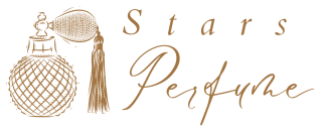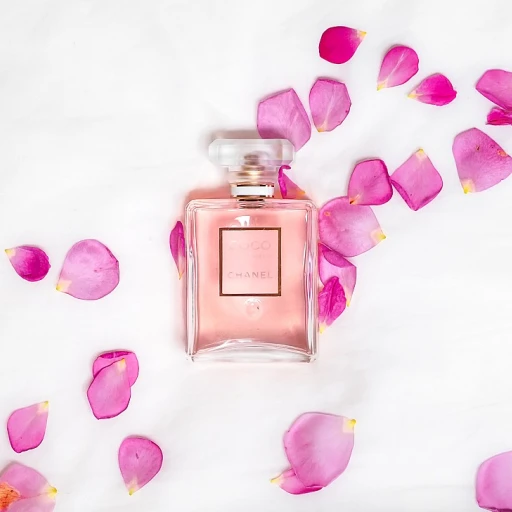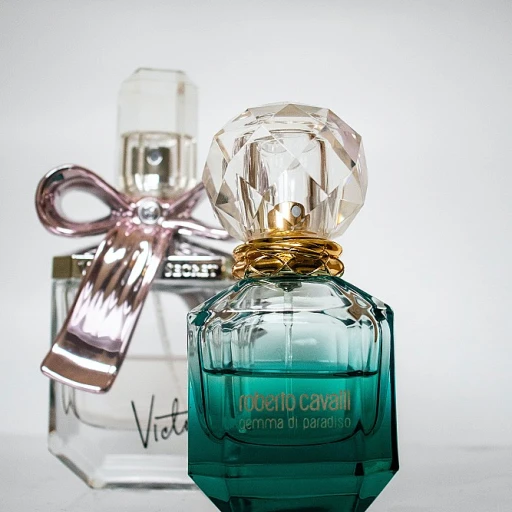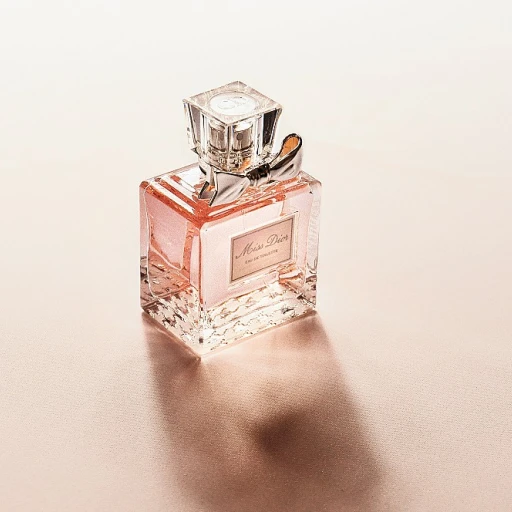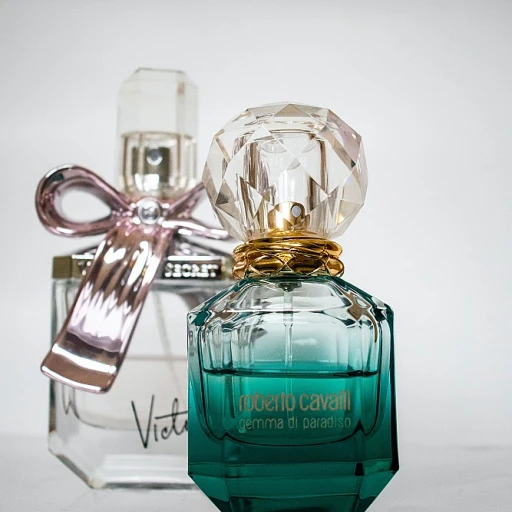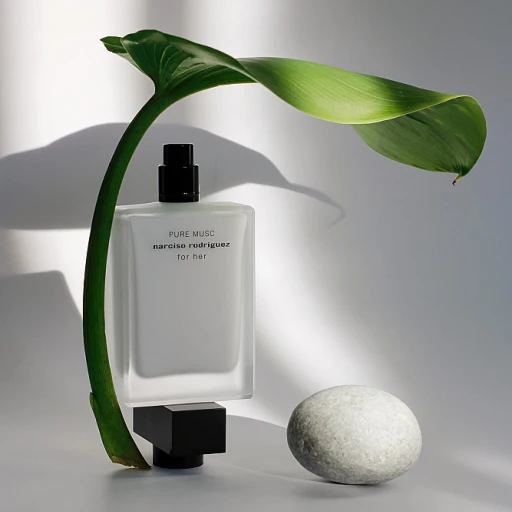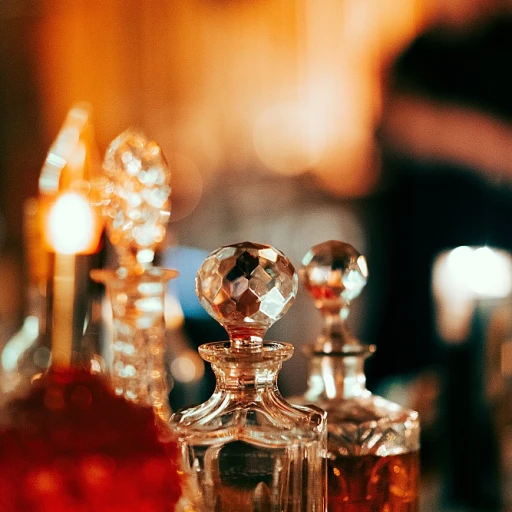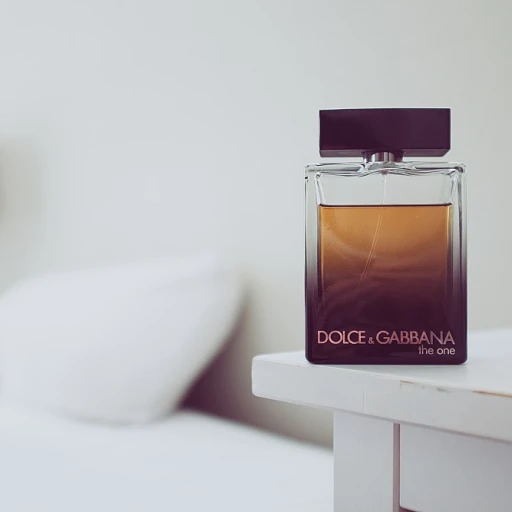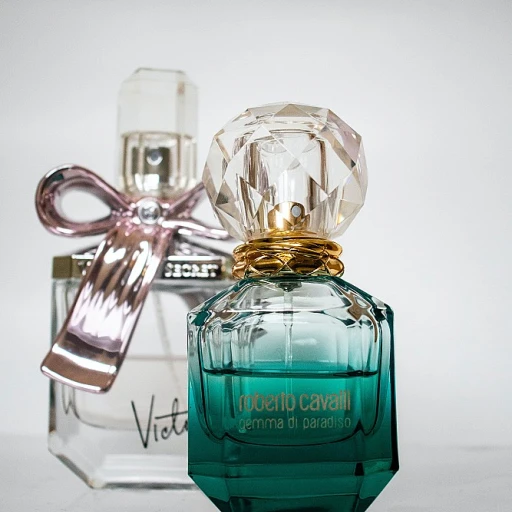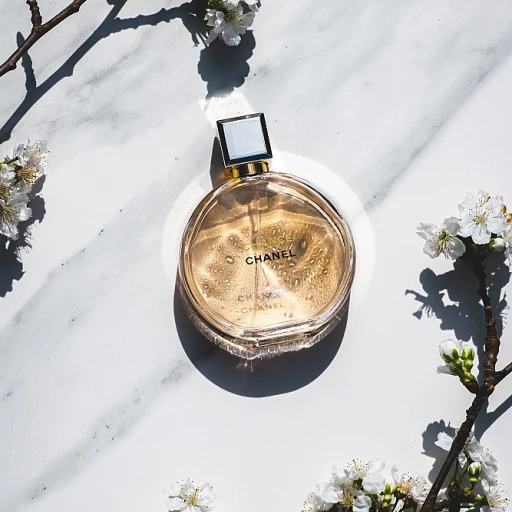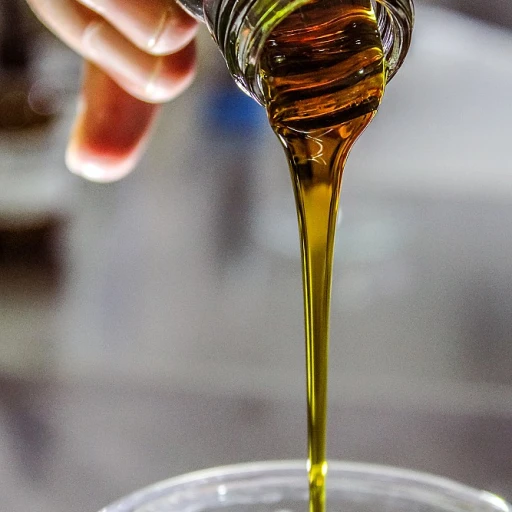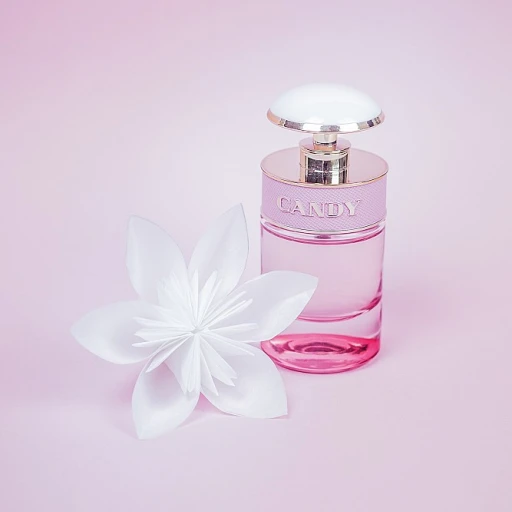
The Basics of Fragrance Concentrations
Unveiling the World of Fragrance Concentrations
When delving into the captivating universe of fragrances, understanding the varying concentrations of perfume is essential. This is not only crucial for aficionados but also for those who are just beginning their fragrant journey. The concentration of fragrance oils in the composition is what primarily differentiates various types of perfumes such as parfum, eau de parfum, and eau de toilette.
At the heart of every scent lies its concentration—a term used to describe the ratio of fragrance oils to alcohol and water in a perfume. Parfum, often referred to as extrait, boasts the highest concentration ranging from 20% to 40% of fragrance oils, providing a long-lasting and intense aroma. On the other hand, eau de parfum (EDP) offers a balanced blend with a concentration between 15% and 20%, making it a popular choice for those who desire a fragrance that lingers longer than eau de toilette (EDT), yet is more accessible than the luxurious parfum extrait.
Eau de toilette typically contains a concentration of 5% to 15%, characterized by its lighter, more refreshing scent, which is ideal for daily wear or warmer climates. This concentration perfume allows the top notes to shine brightly, making it an excellent choice for those who appreciate a quick, invigorating burst of fragrance.
For special occasions, parfum eau and extrait de parfum are the epitome of elegance, offering a rich, lasting scent experience that envelops the wearer. In contrast, cologne, or eau cologne, with its 2% to 5% oil concentration, is favored for its subtlety and is perfect for those looking for a gentle whiff rather than a powerful statement.
Understanding these differences in fragrance concentrations not only assists in choosing the right perfume for your lifestyle but also deepens your appreciation for the art of perfumery. To explore more about the magic of portable fragrances and how they fit into your fragrant collection, discover the wonders of pocket perfume solutions.
Eau de Parfum: A Balanced Choice
Finding Harmony Within the Fragrance Realm
When delving into the fragrant world, one encounters an assortment of concentration levels that each play a significant part in the overall scent experience. Among these, Eau de Parfum (EDP) stands out as a balanced choice, often preferred by those who appreciate a harmonious blend of longevity and moderate sillage.
Eau de Parfum generally contains a concentration of fragrance oils between 15% to 20%. This concentration allows for a richer presence than Eau de Toilette, providing a more perceptible experience without being overwhelming. Eau de Parfum achieves a masterful balance by blending top notes, heart, and base notes into a cohesive, long-lasting olfactory journey. Whether worn for a casual encounter or a special occasion, EDP can be both refined and versatile.
One of the key attributes of Eau de Parfum is its lasting power, offering the wearer a lingering scent without needing continuous reapplication. This makes it an ideal choice for those seeking a fragrance that stays with them from morning into night. Moreover, with EDP's typically moderate price range, it offers both luxury and practicality to the fragrance aficionado.
To fully appreciate how EDP balances these elements, it's worth exploring the nuances of fragrance concentrations that extend beyond mere longevity and aroma strength. Those curious about integrating this harmonious scent into their everyday life may benefit from considering the artful pairing of sensory experiences for a fuller appreciation.
Extrait de Parfum: The Essence of Luxury
The Pinnacle of Luxury: Extrait de Parfum
Extrait de Parfum, also known as perfume extract, signifies the epitome of fragrant indulgence. This concentration is revered for its rich, luxurious composition, delivering a scent experience that truly captivates the senses. With a higher concentration of fragrance oils—ranging typically between 20% to 40%—extrait de parfum epitomizes what many consider the ultimate expression in the art of perfumery. Opting for this high concentration perfume means embracing a fragrance that offers profound depth. The fragrance oils in extrait de parfum ensure the scent unfolds slowly on your skin, providing a long-lasting experience that is both intense and complex. The olfactory richness is unmatched, allowing you to immerse yourself in a meticulously crafted blend of cls and aromatic notes. This concentration is ideal for special occasions where you want to leave a lasting impression. Whether you're attending an upscale event or simply wish to adorn yourself in a cloud of luxury, extrait de parfum is a testament to refined taste. Its sillage, the prominence of which is more subdued compared to eau de parfum, creates an intimate aura that exudes sophistication and allure. Cost-wise, extrait de parfum is often seen as an investment. It's worth deliberating over price and value, as the concentration perfume brings unparalleled quality. When compared to lighter concentrations such as eau de parfum or eau de toilette, extrait de parfum provides a uniquely long-lasting and enveloping experience. Choosing the right concentration is an art, much like exploring the world of fragrance for him and her, to find what resonates best with your personality and style. Extrait de parfum may not be the daily go-to for everyone, but it offers a scented narrative that captures the essence of luxury and individuality in the fragrance world.Comparing Longevity and Sillage
Performance in Terms of Longevity and Sillage
When it comes to the longevity and sillage of perfumes, the concentration plays a crucial role. In the world of scent enthusiasts, understanding how different concentrations affect these performance aspects can enhance your fragrance experience significantly.
Longevity, the duration a fragrance lasts on your skin, is typically longer in perfume types with higher concentrations. Extrait de Parfum, often characterized by its notable oil concentration, typically boasts superior lasting power compared to Eau de Parfum. This is due to its high percentage of fragrance oils, which can range from 20% to 40%, creating a rich blend that gradually releases its aroma, offering a long-lasting allure.
On the other hand, Eau de Parfum, with a slightly lower fragrance concentration, usually between 15% and 20%, strikes a balance that still extends over many hours. It provides ample longevity, making it one of the best options for those that appreciate a scent that significantly lingers yet isn't overpowering.
Sillage, or the trail left by a perfume, also varies with concentration. Extrait de Parfum, owing to its richness and depth, often possesses a more pronounced sillage, subtly enveloping the wearer in an aura of scent that elegantly pervades their surroundings. Eau de Parfum, while still emanating a delightful sillage, may present a lighter fragrance trail, ideal for less intimate settings where subtlety is preferred.
Both options have their place and purpose, depending on your preference for how prominent and enduring you want your presence to be. Whether it is for a long day at the office or a special occasion, choosing which concentration suits your needs can amplify the impact of your chosen aromas. In essence, selecting between Eau de Parfum and Extrait de Parfum hinges on personal preference not just for intensity, but also for how you wish your scent to interact with the environment around you. Finding the perfect balance between fragrance concentration, longevity, and sillage can help you discover the best perfume experience tailored just for you.
Price and Value Considerations
Financial Aspects of Choosing a Fragrance
When selecting a fragrance, cost often plays a significant role in the decision-making process. Understanding how the concentration of parfum, eau, or extrait impacts the price can help you make an informed decision that fits your budget without sacrificing quality. Eau de Parfum (EDP), being a balanced choice, usually sits in the mid-range of fragrance pricing. Its concentration of fragrance oils is generally higher than that of eau de toilettes, which makes it both a popular and cost-effective option for many perfume enthusiasts who desire a long-lasting scent without an overly luxurious price tag. On the other end of the spectrum, Extrait de Parfum represents the essence of luxury with its high concentration of fragrance oils, usually more than EDP. As a result, it boasts a more potent and enduring scent. With its position at the pinnacle of fragrance concentration, parfum extrait commands a premium price. This higher cost reflects not only its intensity and longevity but also the high-quality ingredients often used, which can include rare oils and natural extracts that amplify its sophistication. When evaluating price, consider how frequently you plan to use the perfume. For an everyday scent, eau parfum or parfum edp might offer the best balance between price and performance. However, if you're looking for a signature fragrance for special occasions, investing in a potent parfum extrait can offer that distinct touch of elegance without frequent reapplications. Ultimately, the right choice depends on your personal preferences, your desired scent profile, and your budgeting priorities. Whether leaning towards a more affordable eau or indulging in an extravagant extrait, it becomes essential to understand that price is not just a reflection of concentration but also a gateway to a specific olfactory journey that best resonates with your style and needs.Choosing the Right Concentration for You
Finding the Perfect Fragrance Fit
Choosing the right concentration for your fragrance can seem daunting with so many options available. However, by understanding your own preferences and lifestyle, you can easily navigate through the choices of parfum, eau de parfum, and extrait de parfum.- Occasion and Personal Preference: Consider when and where you'll be wearing the scent. For everyday use, eau de parfum offers a balanced choice with its moderate concentration of fragrant oils, making it ideal for both work and casual settings. On the other hand, extrait de parfum might be more suitable for special occasions due to its rich and concentrated nature, providing a long-lasting and luxurious aroma.
- Sillage and Longevity Needs: Reflect on how you want your fragrance to perform throughout the day. If you prefer something subtle that doesn’t announce itself too boldly, eau de parfum might be the best choice, as it typically balances sillage with an enduring scent profile. For a more pronounced and lingering presence, the bass notes in an extrait de parfum can provide that long-lasting effect on the skin, ensuring you leave a memorable trace.
- Seasonal Considerations: The time of year can also play a role. Eau de parfum may work well year-round with its adaptability to various temperatures and conditions. Meanwhile, the richer extrait de parfum might be more suited for cooler months, when heavier scents are better appreciated and tend to last longer.
